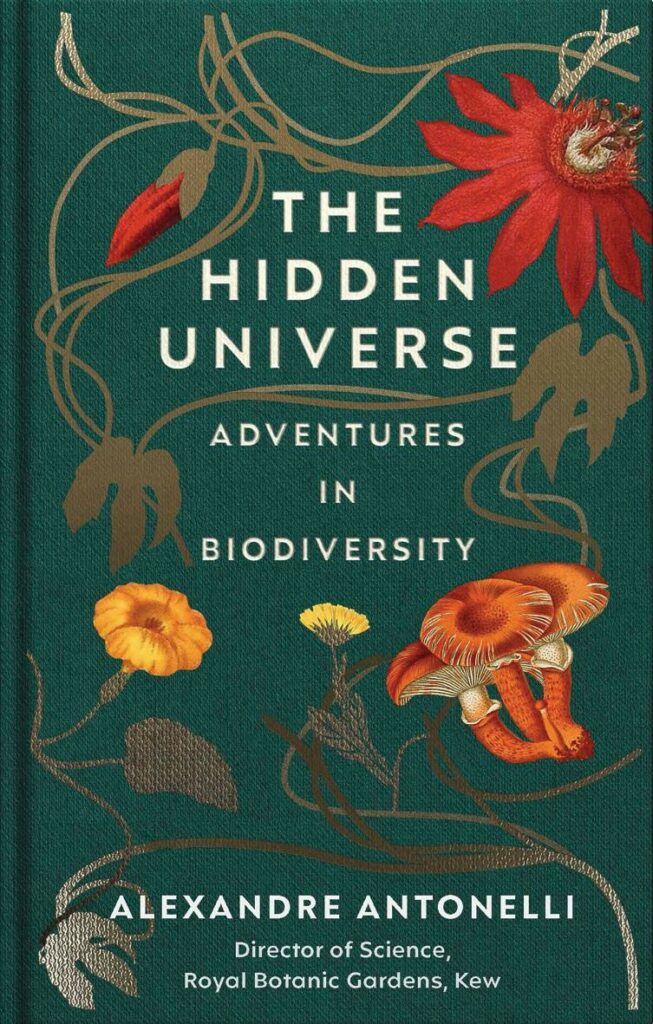February
Lazy days
BOOKS › TV › RADIO › FILM › LETTERS › PUZZLES
EMBARK ON AN EERIE AND ANCIENT ADVENTURE
An extraordinary audio dramatisation brings to life a midwinter masterpiece
THE DARK IS RISING
BBC SOUNDS, 12 EPISODES
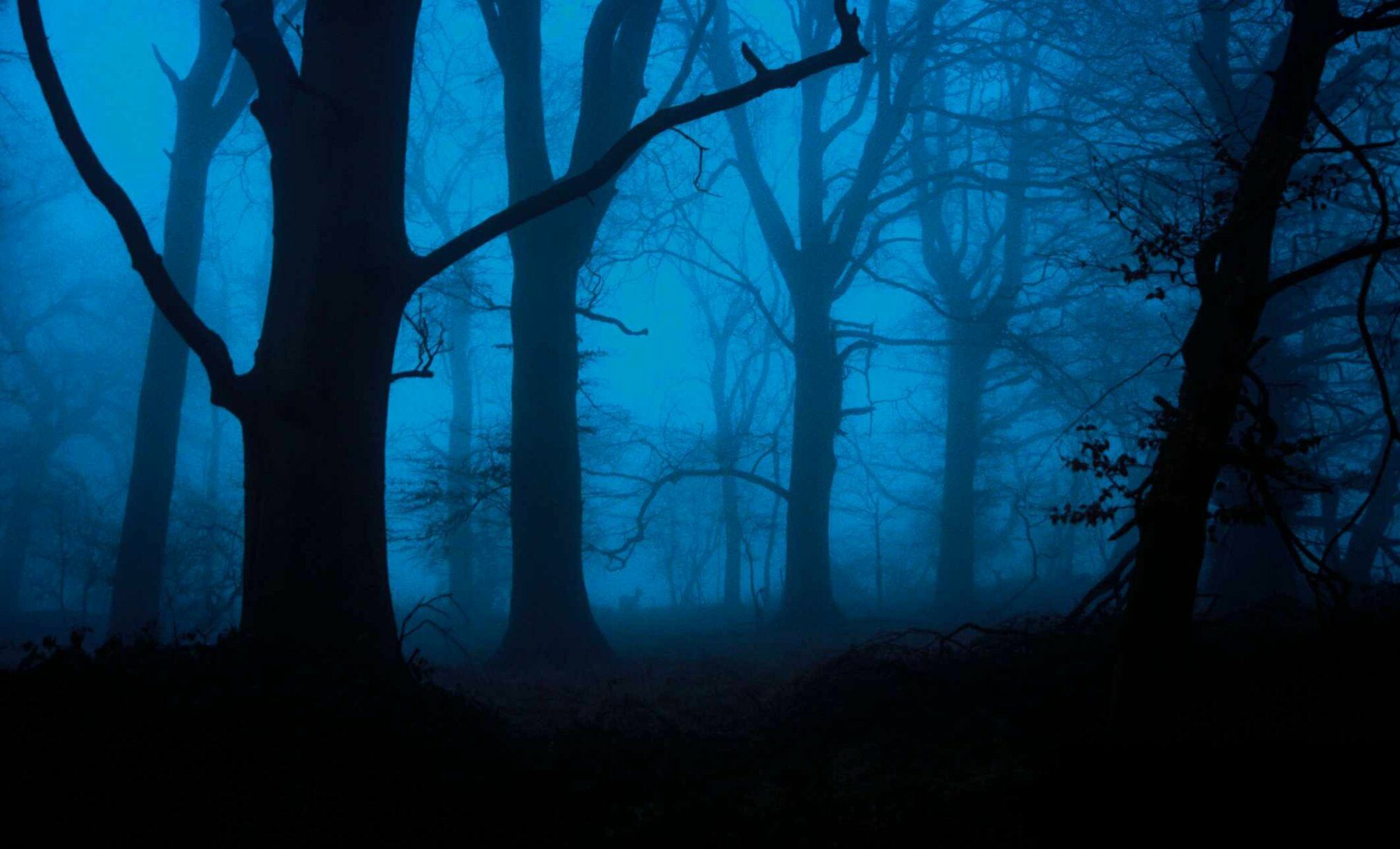
This 12-episode adaptation of Susan Cooper’s 1973 novel marks the first time in 25 years that this epic winter’s tale has been dramatised for radio.
Co-written by Robert MacFarlane and Simon McBurney, who also directs and narrates, The Dark Is Rising offers an aural feast (if occasionally too rich), with an ensemble cast and thrilling winter soundscape. Eerie music, bleak bird calls, echoing voices, ominous distortions and crunching footsteps in the snow set the scene of this icy quest, in which young Will Stanton (Noah Alexander) is called to battle the elemental forces of darkness.
The action begins on Midwinter’s Eve, the day before Will’s 11th birthday, amid the bustle of the Stanton family home. Outside, in the wild winter landscape, birds and beasts are behaving strangely, a blizzard is building and the ragged figure of the Walker is abroad. As the seventh son of the seventh son, Will learns he is the last of the Old Ones, guardians of the Light, locked in eternal conflict with the forces of the Dark. It is a vast burden for small shoulders.
Toby Jones is superb as ever as the Walker, as is Harriet Walter as The Lady and Paul Rhys as Merriman. Headphones are recommended for the binaural version, creating an immersive experience. There is an odd contrast between McBurney’s heavily dramatic narration and Alexander’s flatter voicing of Will, but the series soon hits its stride and gallops the listener away – on the White Horse – into adventure.
This is cosy listening for families to sit together while being transported to the ancient chalk lands of the Chiltern Hills. Maria Hodson, production editor
New books for children
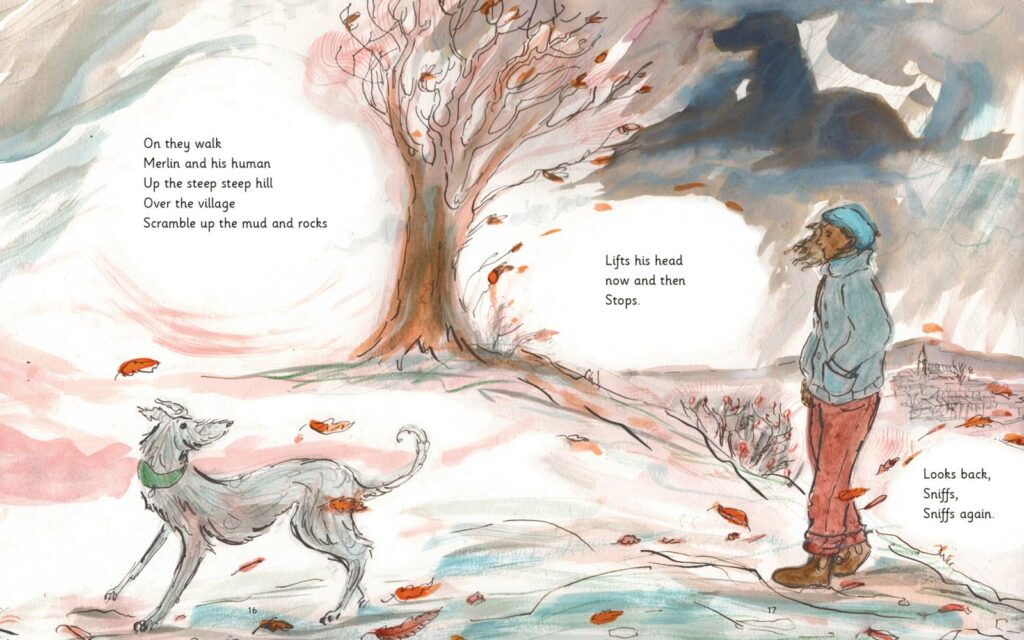
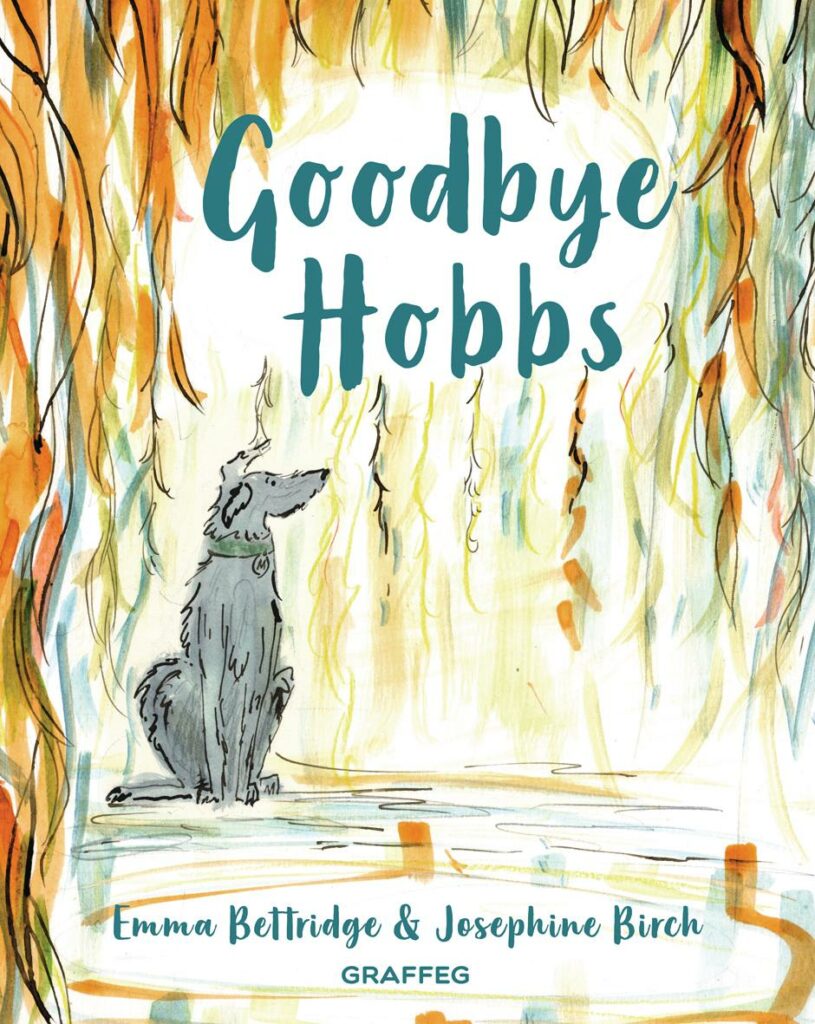
GOODBYE HOBBS
BY EMMA BETTRIDGE AND JOSEPHINE BIRCH
GRAFFEG, £8.99 (PB)
Beautifully illustrated by Josephine Birch, Goodbye Hobbs gently evokes loss as shaggy lurcher Merlin seeks out his departed friend Hobbs, a shiny black Labrador. Author Emma Bettridge captures Merlin’s childlike spirit, curiosity and longing, as he gambols through woodland, sniffing and scenting Hobbs on the breeze, in the leaves, under the weeping willow tree. The lyrical text and lively images convey a blustering walk, wind whistling, and Merlin’s splashing, bounding excursion. This lovely tale, simply told, will help children who have also lost a friend to say goodbye and find comfort in their outdoor adventures. MH
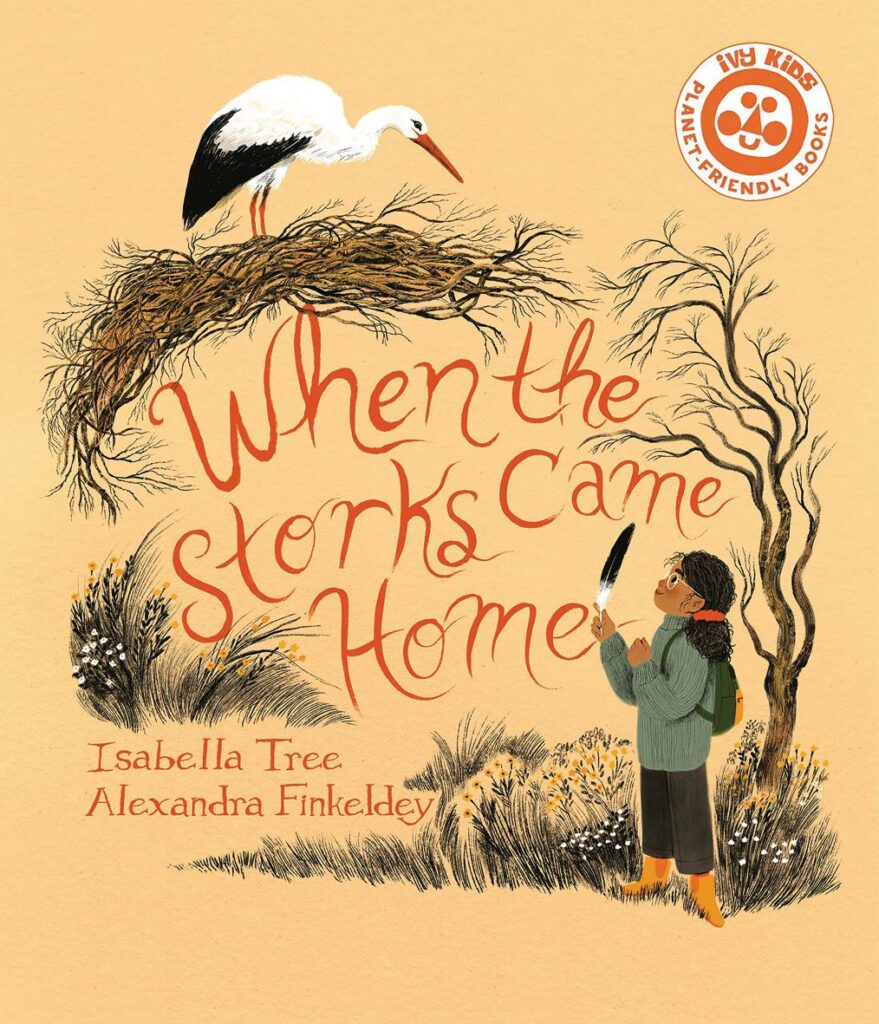
WHEN THE STORKS
CAME HOME
BY ISABELLA TREE AND ALEXANDRA FINKELDEY IVY KIDS, £9.99 (PB)
Bird-loving Beanie decides to bring white storks back to her local nature reserve, after hearing of their demise 600 years ago. With perseverance and help, young Beanie sets about reintroducing rescued storks and, by building nests, hopes to entice wild storks to settle with the new colony. But will she succeed? Charmingly illustrated by Alexandra Finkeldy in warm autumn colours, Isabella Tree’s hopeful tale – based on her own White Stork Project at Knepp, Sussex – is sure to inspire budding conservationists to launch their own rescue endeavours. MH
BOOK
36 ISLANDS
BY ROBERT TWIGGER, W&N, £20 (HB)
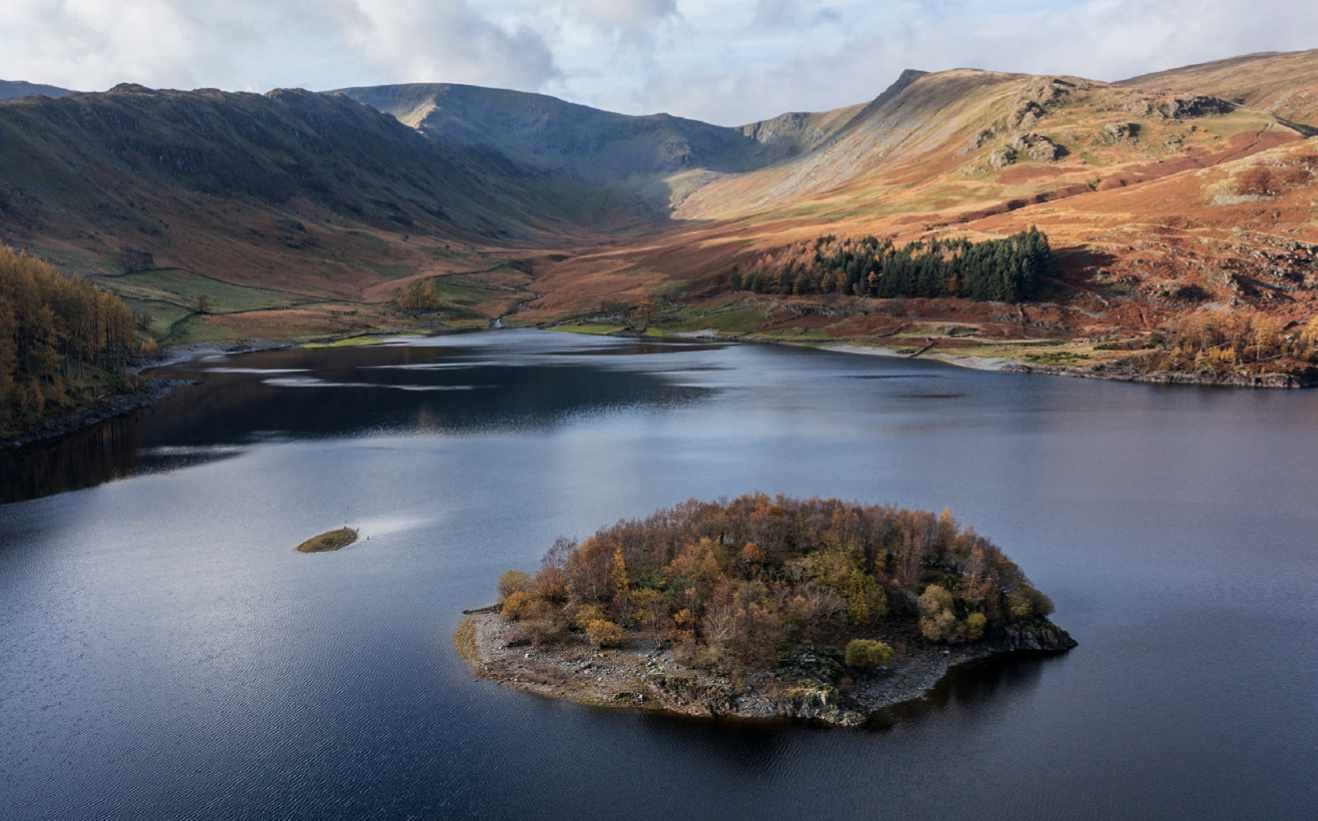
The strapline – In Search of the Hidden Wonders of the Lake District – is beguiling. This book could transport me, by birdsong or hypnotic ripples, to some idyll. But it’s not that kind of book.
Twigger’s paddling expedition to 36 Lake District islands is not so much about being on them, he admits. “You stamp about, look vaguely at the limits of the island, its general features, take a few snapshots, pick up a fir cone… or a leaf and mentally plant your flag.”
Nor is it about his stated aim of finding places to survive the apocalypse, nor particularly about Arthur Ransome, whose life he recounts, as if these ideas merely justify the adventure. More sincerely compelling is his notion that in middle age, we must decide between “being more open and tolerant of others, or more closed and set in our ways”. In other words, take the path less grumpy. He writes about sleeping in his car and a great deal about kit – bringing to mind a man in a pub recounting exploits. Here lies the book’s appeal – Twigger is very likeable. A veteran of expeditions (a 2,000-mile birch-bark canoe voyage being just one), he never condescends or brags. Like us, he gets lost, or anxious about angry swans and where to get off the bus. Here is a man who believes that through living actively rather than passively, we better value our place in this beautiful world. Here’s to that.
Julie Brominicks, landscape writer
RADIO
FARMING TODAY: VITAL ROOTS
AVAILABLE ON BBC SOUNDS
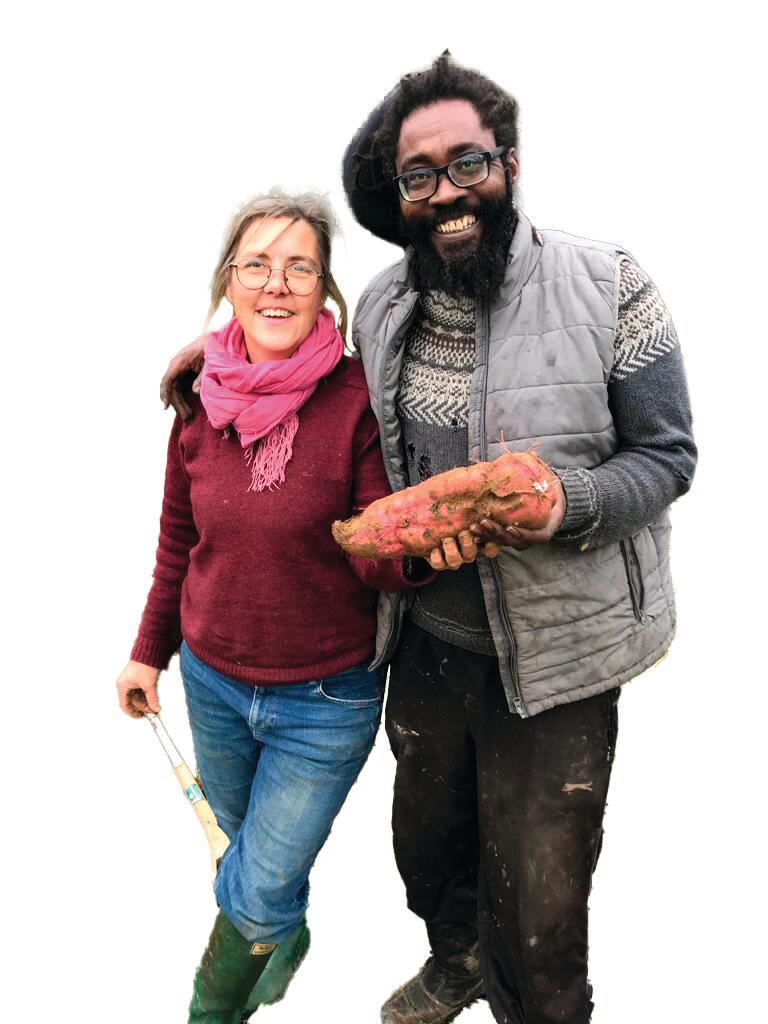
Smallholders Ipar Davis-Hughes and Katkin Tremayne (right) are pushing the boundaries of growing what’s possible. On their West Dorset market garden, Vital Roots Garden, the pair grow British vegetables, while also exploiting the opportunities that climate change has to offer. Looking to his Antiguan roots, Ipar grows sub-tropical crops including yams, callaloo, chow chow (a gourd), toona and edamame. It’s all successfully grown outdoors, without polytunnels. Their original aim was to grow veg to supply a pop-up vegan cafe at music festivals. Ipar used to cook Rastafarian dishes when he lived in Sussex, using food from a derelict walled garden he and his friends revived. When lockdown closed music festivals, the couple put all their efforts into their smallholding, and hope to supply Caribbean restaurants in the UK.
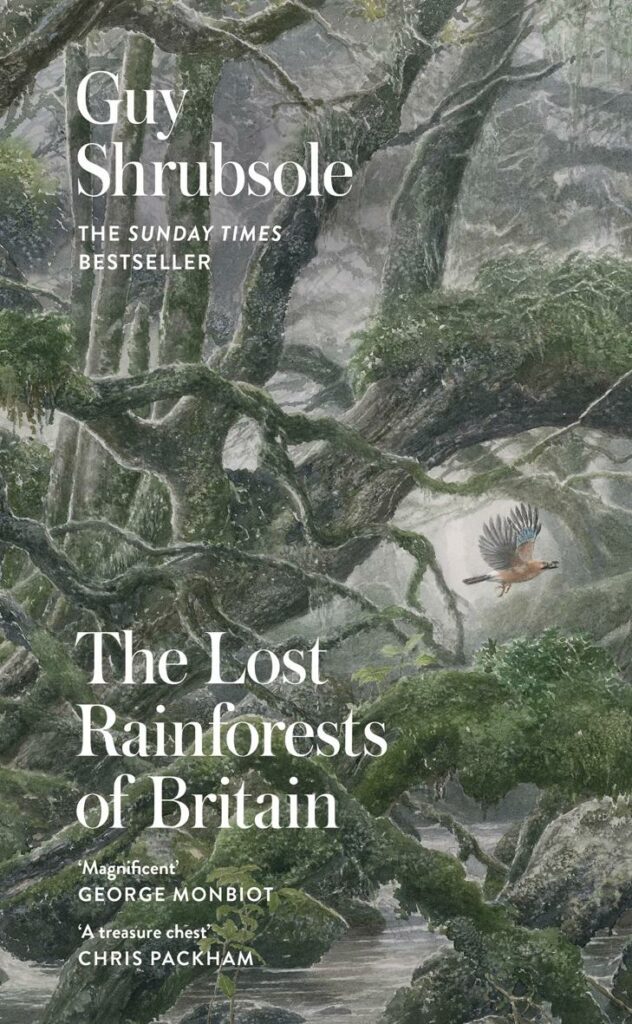
BOOK
THE LOST RAINFORESTS OF BRITAIN
BY GUY SHRUBSOLE, WILLIAM COLLINS, £20 (HB)
Packed with historical facts, legendary tales and myths, The Lost Rain forests of Britain highlights the loss of our woodlands over past centuries.
The plight of Britain’s ancient forests is familiar to many, and the destruction of tropical rainforest is well documented, but the woodlands that make up the rare temperate rainforests of Britain are less well known, if at all. These magical places, our ‘home grown’ rainforests, are brought to life by Shrubsole’s wealth of research. He includes indicator species to look out for, and maps showing the areas most likely to have the ideal conditions for these rainforests to exist – areas classified as having an oceanic climate along the western coast of Britain.
Shrubsole tells tales of Tolkien’s Fangorn Forest, Celtic legends of The Mabinogion, and Conan Doyle’s The Hound of the Baskervilles. These are linked to places such as Wistman’s Wood, a remnant of temperate rainforest on the wilds of Dartmoor, luxuriant green with mosses, lichens and ferns covering the boulders, trunks and branches of the stunted oaks.
Many more of our rainforests have been lost. Shrubsole speaks of these as Ghost Woods – forests that disappeared long ago, but which can be sometimes traced by their place names, such as Birch Tor.
This story of our lost rainforests is a fascinating read and underlines the serious need to protect and hopefully increase these areas of our own amazing rainforests. Tony Hall, Royal Botanic Gardens, Kew
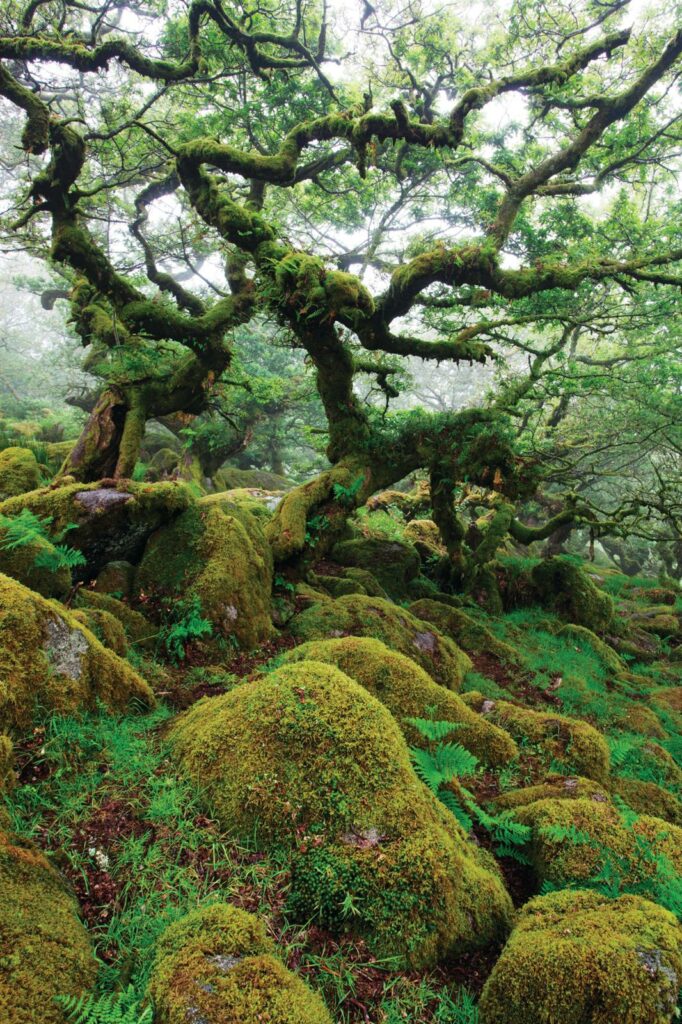
Q&A

PROFESSOR ALEXANDRE ANTONELLI
The director of science at Royal Botanic Gardens, Kew, discusses the crucial role of biodiversity in the battle against climate change, and gives tips on how we can do our bit
How has human activity impacted biodiversity loss in the last century?
Since I was born in the 1970s, we have lost a quarter of tropical rainforests, which are the most diverse ecosystems on Earth. The equivalent to a football pitch of forest is cut down every two seconds. We have driven thousands of species to extinction and my colleagues at Kew estimate that today about two in five plant species are at risk of going extinct.
What are the main causes of biodiversity loss?
The main driver globally is the deterioration of natural environments upon which species depend. In terrestrial ecosystems, this is primarily caused by land use changes, such as the clearing of tropical rainforests for agriculture. The second biggest driver is the direct exploitation of species – such as for hunting, overfishing, and the felling of threatened trees for furniture. And of course, climate change – a rapidly increasing threat to many species.
What can each one of us do to help boost our local biodiversity?
There is a ton of things everyone can do! In my book, I list a range of simple but impactful actions – key things we can do in our own gardens, for example. From building a pond to attract amphibians, dragonflies and many other species, to growing plants that feed pollinators, such as bees, by creating a more varied ecosystem, we can support biodiversity and local wildlife.
What lifestyle changes have you made, personally, for environmental reasons?
I have done virtually all the actions that I list in the book, such as greatly increasing the proportion of plants and fungi in my family’s diet, reducing waste, buying less but better-quality stuff, donating money for environmental causes, installing solar panels on our roof, transforming our garden to promote wildlife, discussing sustainability in my workplace, and thinking carefully when voting to ensure that my preferred candidates share my values for the environment.
Do you have hope that it’s possible to alter the trajectory of biodiversity loss and save our ecosystems from further damage?
Yes, I remain hopeful because scientific evidence shows that there is still a narrow window of opportunity to bend the negative trend. Although this will require substantial global financial commitments, we also know that delaying action is not an option. What we must all do now is to work together to protect what we have left, restore what we have degraded, tackle climate change and biodiversity loss. We all can play a role, and each contribution truly matters!
